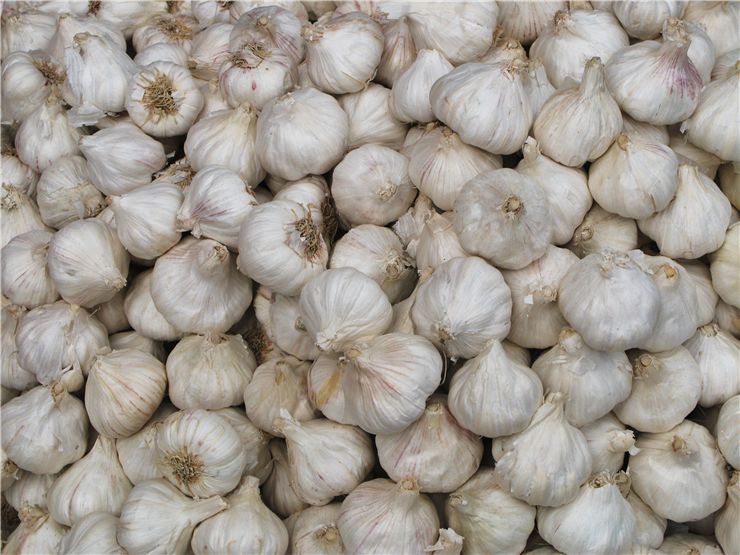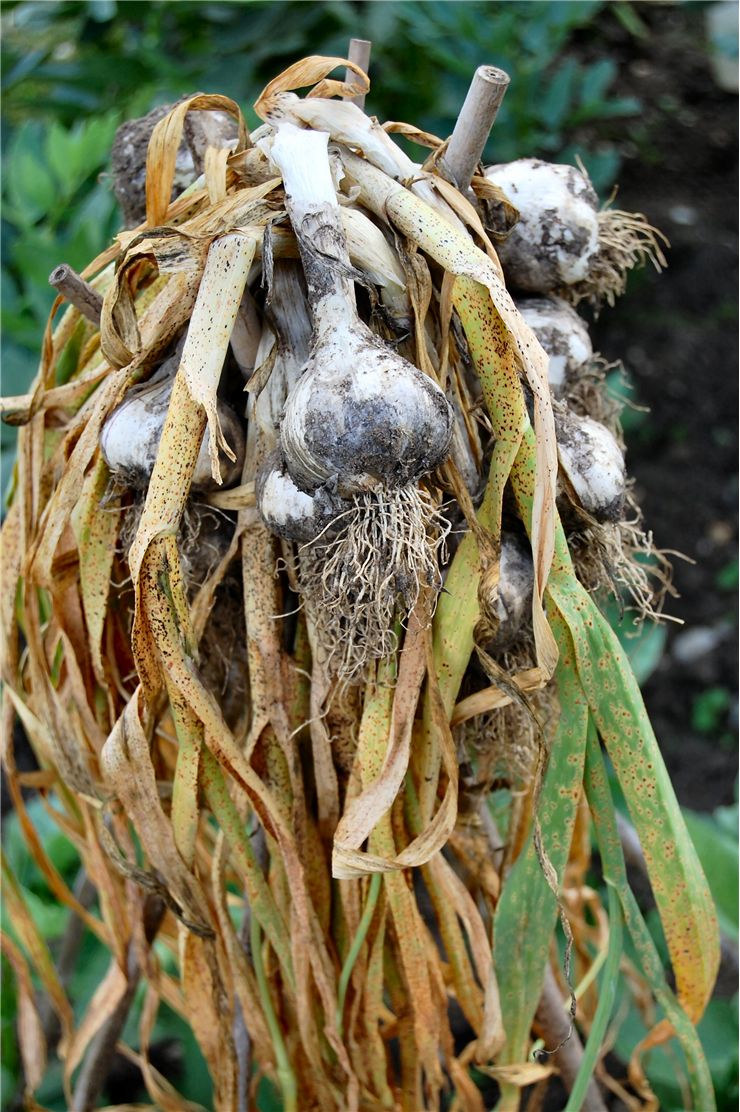History of Garlic
Garlic is one of the oldest known food flavoring and seasoning plant that managed to infuse itself into culinary tradition of many civilizations across the world. It started its journey in central Asia, domesticated during Neolithic times, spread to the Middle East and northern Africa in 3000 BC, which quickly enabled it to reach Europe. By offering its unique nutritional value and wide array of medicinal benefits, this plant was quickly identified as one of the most precious gifts of our nature, which was expanded with selective breeding into wide array of popular garlic types that are currently used all over the world.
The incredible journey of garlic through our history touched every major civilization of the ancient world, but its true origins lie in West and Central Asia. There, wild plant called Allium longicuspis evolved for millennia, eventually shaping itself into the form of the modern Allium sativum, or garlic. This plant was identified by the ancient Indians who managed to domesticate it around 6 thousand years ago, incorporating its taste and medicinal properties (especially belief in its aphrodisiac powers) in their famous culture. Around 3000 BC, trading parties from India reached Middle East, where they introduced garlic to the mighty Babylonian and Assyrian empires, who embraced this plant and spread it across neighboring civilizations. The most notable records from those ancient times come from Egypt, where garlic was used regularly by both nobles, common people and slaves as food seasoning, medicinal ingredient, religious ingredient (they believed it can prolong life), antiseptic for curing wounds and preventing gangrene, and even as a direct source of strength. Judging by the records found by archeologist and historians, Egyptian royals fed garlic to slaves who build famous pyramids in an attempt to give them more strength. Inside of the tomb of the famous pharaoh Tutankhamen, garlic was not only placed in various clay pots, but also, several of them were modeled in the shape of garlic bulbs.

Arrival of garlic into ancient Greece and Rome gave another big boost to its popularity. By that time garlic was used for almost everything - from food medicine to religious and superstition rituals. They claimed garlic can repel scorpions, treat dog bites, cure asthma, protect against leprosy, and if hanged above entrance door of the house it could stop the spread of smallpox!
In Asia garlic was viewed more as medical ingredient than a food seasoning plant. One of the cultures who viewed it that way were Buddhists, who between 1st and 10th century AD avoided consummation of garlic. Today, garlic represents one of the most popular flavorings in South Asia, together with ginger and onion.
One of the most influential moments in the history garlic happened during the expansion of the Muslim rule across Middle East and Eastern Europe. This enabled spreading of garlic into central and Western Europe where it was greeted as excellent medical remedy. Medical books from 1660s described it as an excellent cure for plague and small pox. On the more serious note, famous chemist and microbiologist proved in 1858 that garlic could kill germs, greatly reducing the possibility of wound infections. Because of these findings, garlic was used extensively as an antiseptic and dysentery cure during both World Wars.
In 2010, worldwide production of garlic reached 17.6 million tons with china as an absolute leader of production and export with 13.6 million tons.


